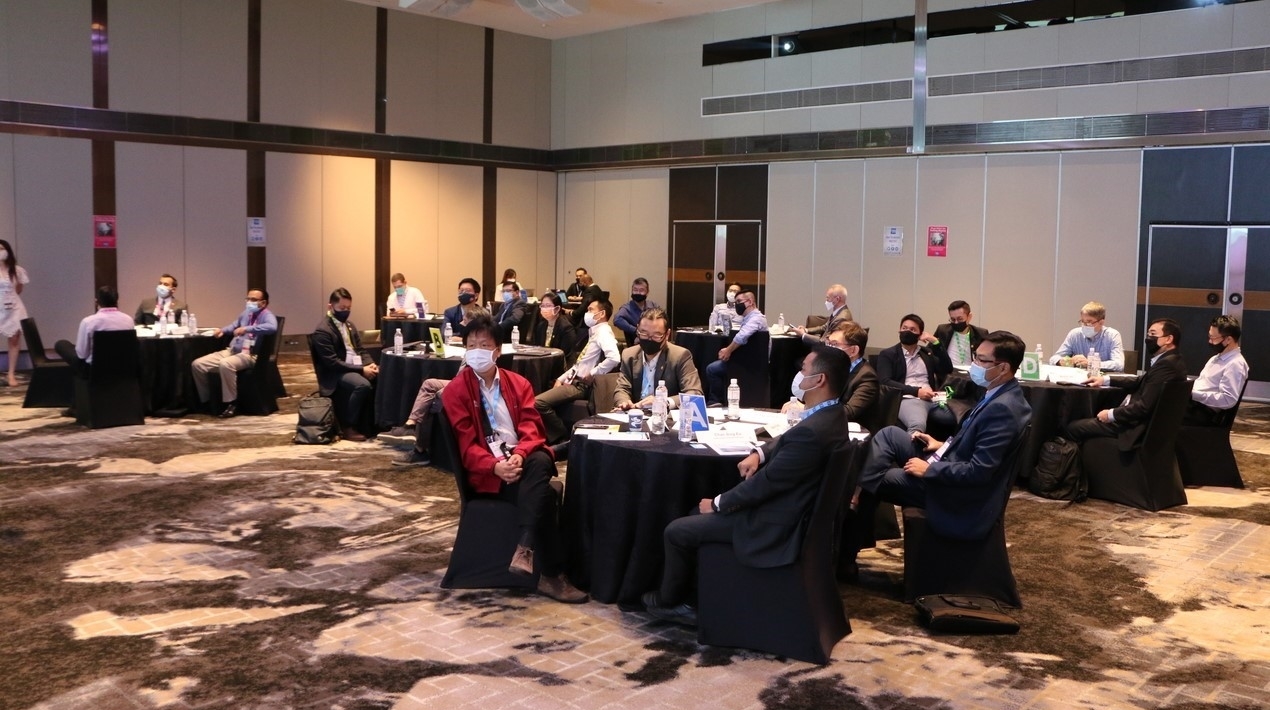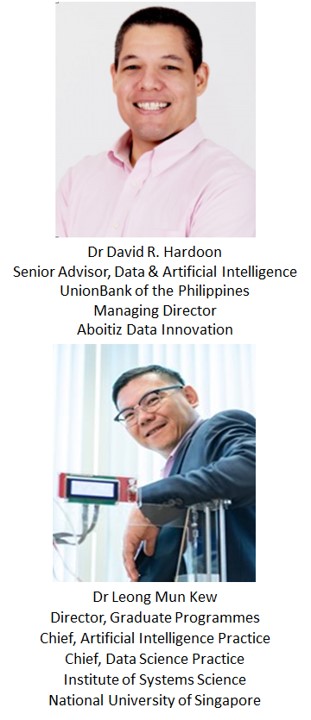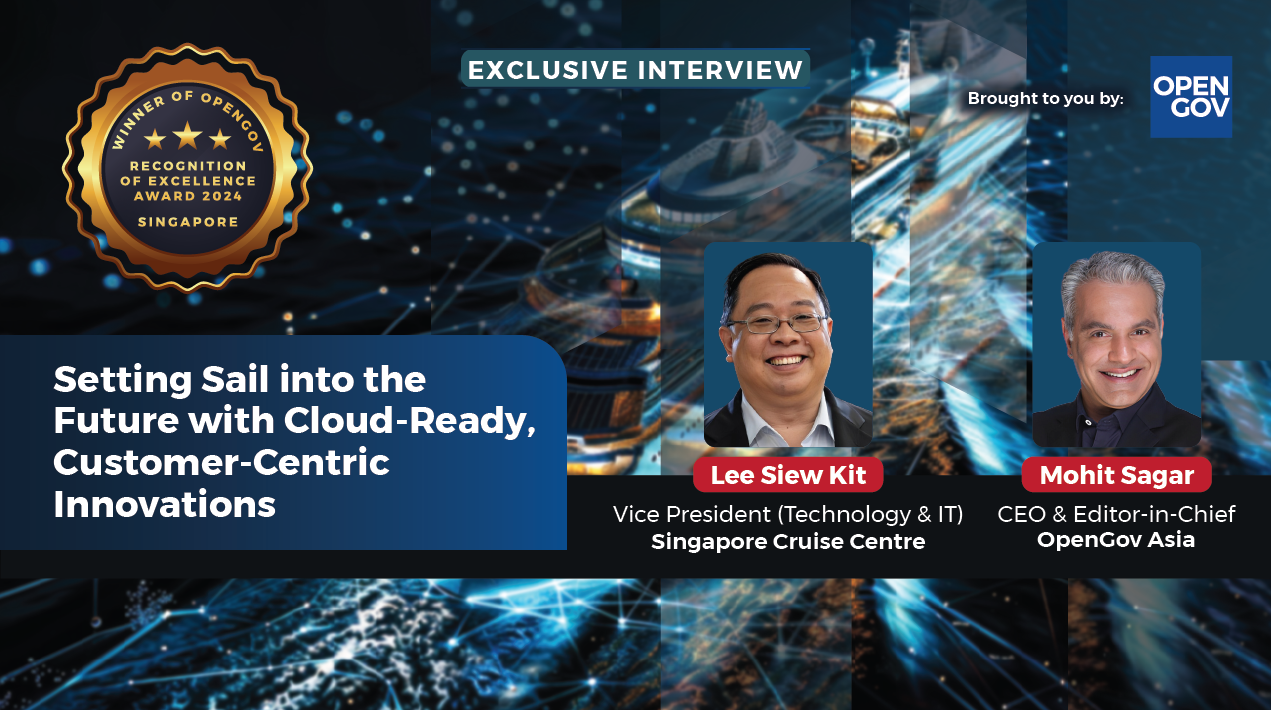
Machine learning models are evolving due to the growing potency of Enterprise AI Platforms combined with Graph Data Platforms. Both technologies contribute to simplifying data relationships to be scalable, performant, efficient and agile. The combination has proven to be efficient and cost-effective for governments.
In managing the pandemic, Graph Data Platforms have obvious advantages for governments when tracking community infections. Graph Data Platforms with Enterprise AI Platforms have proven to be an excellent tool for data management in real-time, tracing connections via complicated social networks and comprehending interconnections.
Helping governments to make data-driven, intelligent decisions are an example of the power of Graph Data Platforms. Decision-making requires obtaining information in real-time, particularly during crises. Obtaining insights by analysing information and drawing conclusions that will influence decisions making and drive change are essential.
The abundant amount of data that organisations generate and collect needs to be analysed and interpreted properly if it is to streamline government methods in forecasting and serve policymakers in effective decision-making.
Graph Data Platforms integrated with Enterprise AI Platforms can structurally arrange information quickly and supports the public sector by delivering actionable outcomes from the data. Enhanced machine learning models allows government agencies to build intelligent applications that traverse today’s large, interconnected datasets in real-time.
Adopting and leveraging this combination was the focal point of the OpenGov Breakfast Insight held on 26 August 2021. This unique session aimed to provide the latest information on delivering an effective and efficient customer experience using Graph Data Platforms and Enterprise AI Platforms.
A closed-door, invitation-only, interactive session with top Singapore government institutions, it serves as a great peer-to-peer learning platform to gain insights and practical solutions to integrate cutting-edge tools and technologies for public sector communication and to scale these, as necessary.
Finding Partners to Turn Data into Compelling Stories.

To kickstart the session, Mohit Sagar, Group Managing Director and Editor-in-Chief at OpenGov Asia delivered the opening address.
He opened by acknowledging that Singapore has been utilising technology more effectively than most other nations, especially in Asia-Pacific. During the COVID-19 pandemic, the government implemented a strategy in an agile way. One of these key technologies discussed regularly and indeed used to some extent is Artificial Intelligence. Some agencies have deployed AI more than others while some are in their nascent stages. – but, for Mohit, AI is still in its infancy.
While the uptake and use of different technologies significantly increased during the pandemic, the solutions cannot be termed digital transformation as organisations, for the most part, deployed band-aid technologies and ad-hoc platforms to stay afloat.
Expanding further, Mohit emphasised the importance of access, relevance and context. As citizens become more tech-savvy, their expectations for digital services are getting increasingly higher. This is thanks, in large part, to the private sector where customers now have a wide variety of options.
The benchmark of personalised customer experience has been set by retail outlets that have outpaced the banks in utilising a plethora of cutting edge solutions. As a result, people have become even more demanding about what they want and have expectations of how it should be provided.
So as people and businesses start to embrace technology at an unprecedented level, governments, too, need to up their efforts to meet citizens’ expanding expectations of personalised and convenient digital offerings. But this is easier said than done as adapting digital government services to high-quality personalised services requires massive cultural change – not merely adoption of technology.
Of course, the main difference between a customer and a citizen is that a customer has a multitude of options while a citizen has no choice. When compared to retail that has a specific segment, for governments, the demographic and scope are enormous as they include every citizen from birth to death.
The question then is how do governments translate the vast number of data points that they have into compelling stories for their large number of citizens. And then how to think about data and insights in the context of personalised services.
In closing, Mohit emphasised the importance of finding the right partners to create the best customer experience. Having competent experts who can focus on analysing and interpreting data, allows governments to focus on their main tasks and key deliverables.
The Power of Context through Graph Data Platforms

After a breakfast break, the forum heard from Robin Fong, Regional Director, ASEAN, Neo4j on the importance of context for decisions making.
Robin started his presentation by saying that context is key in every decision making. When making decisions, government agencies should not only look at the numbers but truly understand the context. Likewise, regarding data, machine learning and AI needs contextual and connected information.
As data is everywhere, the first step is collecting it – data ingestion. This is the acquisition and transportation of data from assorted sources to a storage medium. Storage can be a data warehouse or data lake from which data can be accessed, used and analysed by an organisation for business intelligence, which will give more context to the data.
The key is to get to the next level in providing deeper context and move beyond merely collecting data to connecting the dots. At this level, the relevance of Neo4j’s graph technology is clearly felt. Graph technology can help government agencies provide context and show unique and deep interconnectedness in data sets. With its technology, Neo4j can solve complex problems that require intact relationships.
Robin gave some examples where Neo4j graph technology is commonly used in the public sector. One area is anti-money laundering programmes where graph technology is used to deliver a holistic view of the various entities involved in financial crime. With their solution, the relationships between these entities are easily visible and expose hidden, fraudulent connections.
Law Enforcement Agencies can model the information into graphs to improve efficiency and make direct and implicit patterns readily apparent in real-time. Neo4j also assists immigration and cybersecurity, as well as aiding governments in their smart nation strategies.
In the context of the pandemic, governments predominantly use Neo4j for COVID-19 contact tracing – stopping the spread of contagion requires connections of data from a multitude of different sectors. Their solution graphically illustrates convoluted movements of people and potential hotspots.
In closing, Robin reminded delegates that Neo4j more or less created the graph category and is a leader in graph technology with over 14 years of experience. They are always open to exploring ways to help agencies on their data journey.
Accelerating AI in Government

Zarie Rahman, Enterprise Account Executive at Dataiku was the next presenter who talked about accelerating AI projects in government agencies.
To set the context, Zarie asked delegates to share examples of AI in their organisations or community. He then offered examples of AI deployment in Singapore – the Safe Distancing Ambassador Robot at Bishan – AMK Park, the driverless shuttle bus at the National University of Singapore, automated processes in the Indoor Vegetable Farm, and the virtual assistant on Singapore government agencies websites.
Although AI is everywhere, Zarie felt that many organisations are slow to adopt the technology. This, he opined, is primarily because they operate in siloes – business analysts manage the data preparation, data scientists are in charge of machine learning algorithms, while data engineers ensure the models are operating properly. Working in such a compartmentalised fashion is why AI projects usually take a long time to be implemented.
After laying out the challenges, Zarie explained that Dataiku provides a single collaborative platform that ensures every single department can work together within the platform. The platform also ensures transparency to avoid bias and error.
The other major problem in data science projects is the lack of skill sets, especially in a particular domain. Dataiku tries to bridge the gap of the capability to democratise AI in the organisation.
These are operational and technical benefits of Dataiku:
Operational Benefits:
- Helps teams to collaborate geographically and for different personas
- Democratise access to data and AI
- Enable standardised, auditable and responsible AI practice
- Centralises platform to develop, deploy, monitor and govern machine learning projects
Technical Benefits:
- Private or Public Cloud agnostic operations
- Scale-out or scale-up easily
- Code or Click operations
- Single end-to-end ML Platform reducing glue codes
Concluding, Zarie shared that Dataiku has more than 70 clients in 15 countries. In Singapore, Dataiku has partnered with several government agencies to build use cases and makes sure the agencies are on their path to Enterprise AI.
In Conversation
 After the informative presentations from the speakers, the session shifted to a conversation where Mohit joined Dr Leong Mun Kew, Director, Graduate Programmes, Chief, Artificial Intelligence Practice, Chief, Data Science Practice, Institute of Systems Science, National University of Singapore and Dr David R. Hardoon, Senior Advisor, Data & Artificial Intelligence at UnionBank of the Philippines and Managing Director Aboitiz Data Innovation.
After the informative presentations from the speakers, the session shifted to a conversation where Mohit joined Dr Leong Mun Kew, Director, Graduate Programmes, Chief, Artificial Intelligence Practice, Chief, Data Science Practice, Institute of Systems Science, National University of Singapore and Dr David R. Hardoon, Senior Advisor, Data & Artificial Intelligence at UnionBank of the Philippines and Managing Director Aboitiz Data Innovation.
David said that people should not start thinking about what Graph Data Platform means or what the technology is, but should start with the question of how to connect with another. Graph Data Platform ultimately means how to represent the data. He encouraged everyone to think about their end-users, the applications and the engagement. Technology is a tool to achieve goals, so in this case, a Graph Data Platform is an enabler.
Mun Kew has been involved in Graph Data Platforms for 30 years. Mun Kew said assumption is when two citizens purchase the same products or services, they want the same things. However, tracking their journey and their behaviour of how they eventually consume those things, can convey deeper context and insights to people. Nowadays, organisations want to know how or why people have the same behaviour, not merely what they do.
On being asked by Mohit as to how government agencies can utilise Graph Data Platforms to get further insight into citizens’ data, Mun Kew stressed the significance of value for citizens. Agencies need to consider how much value they create from changing the products versus changing the context. By only changing the features of products, agencies will not increase much value. However, changing the context of the products will increase the value significantly even though the products are the same.
David said there are governments’ points of view and citizens’ points of view. Agencies need to understand citizens’ points of view about their interactions and connections. Graph Data Platforms simplify the analysis and interpretations.
Interactive Discussion
After the informative presentations, delegates participated in interactive discussions facilitated by polling questions. This session is designed to provide live-audience interaction, promote engagement, hear real-life experiences and impart professional learning and development for the participants. It is an opportunity for delegates to gain insight from subject matter experts, share their stories and take back strategies that can be implemented in their organisations.
The opening poll inquired about the most important aspect to the delegates’ organisations in their analytics journey. Close to half (42%) of the delegates said the most important thing is evolving their data infrastructure/architecture. Delegates were equally split (16%) over the main concern of reporting results, time to deliver results, consolidation and digitalisation of assets. Only 10% chose to hire data scientists/analysts as their main priority.
When asked where delegates think their organisation is in terms of analytics or AI maturity, almost a quarter (24%) chose dashboarding, a little less than one-fifth (18%) equally chose collection and consolidation of data, standard reporting, self-service visualisation, and predictive analytics. Only 4% chose prescriptive analytics.
The next question was about the biggest challenges the delegates face while implementing their analytics or data science practice. A little more than a quarter (28%) said that understanding business needs and requirements were the main challenges. Delegates were equally divided (18%) over time to deliver analytics projects to production and understanding business and IT restrictions in delivering analytical projects/work. Polls were also evenly split (12%) over lack of skillsets – proprietary language or different systems, understanding where to get the data from and lack of manpower.
Regarding the average length of time to complete a Data Science project, 28% chose less than 6 months, and the rest evenly opted for less than 3 months, less than 9 months and less than 12 months (24%).
On the issue of areas that delegates see their organisation expanding Data Science practice, half (50%) said Self-Service Analytics – Citizen Data Scientists, a fifth chose MLOPS, 15% went with data platforms and consolidation while 10% opted for Cyber / C3 Ops.
As data has increased quantumly during the recent past, delegates were asked what has been the biggest challenge they face. Delegates were equally divided (32%) on drawing insights and connecting data effectively. While a little more than a quarter (26%) said data interpretation and only 10% opted for exploring data relations as their biggest challenge.
Delegates were polled on which relationship between the data they usually encounter. A vast majority (72%) often encountered many-to-many relationships while 22% said one-to-many relationships.
Conclusion
The OpenGov Asia Breakfast Insight ended with the remarks from Robin who summarised five key points from the discussion. First, what matters is about connecting with one another. Second, agencies must first need to think about possibilities and engagement instead of starting with the technology. Third, focusing on the delivery time and end outcomes are the most important things. Fourth, agencies also need to understand the ground reality that the people are facing about data. Then, after understanding the problems carefully, they can operationalise that into the project. Finally, Robin also mentioned the importance of turning technical jargon into compelling stories that people can understand.
Before bringing the session to an end, Robin thanked everyone for their active participation and the key insights shared. He encouraged the delegates to exchange ideas and gain more information about Graph Data Platforms and Enterprise AI Platforms.
















